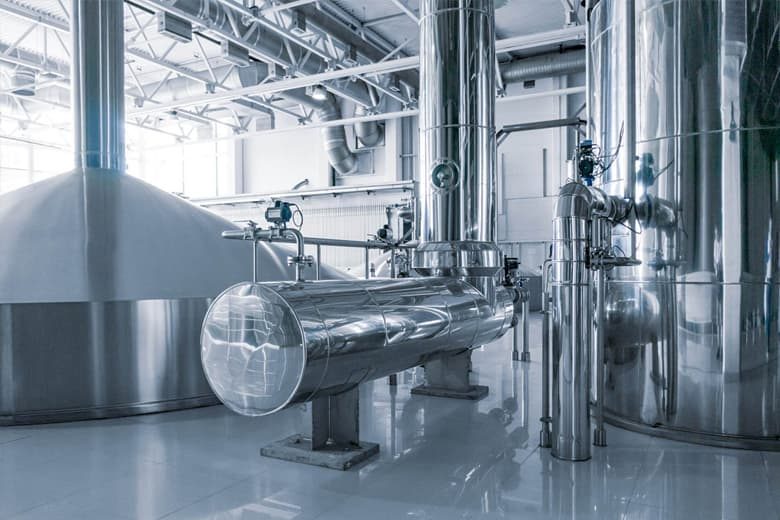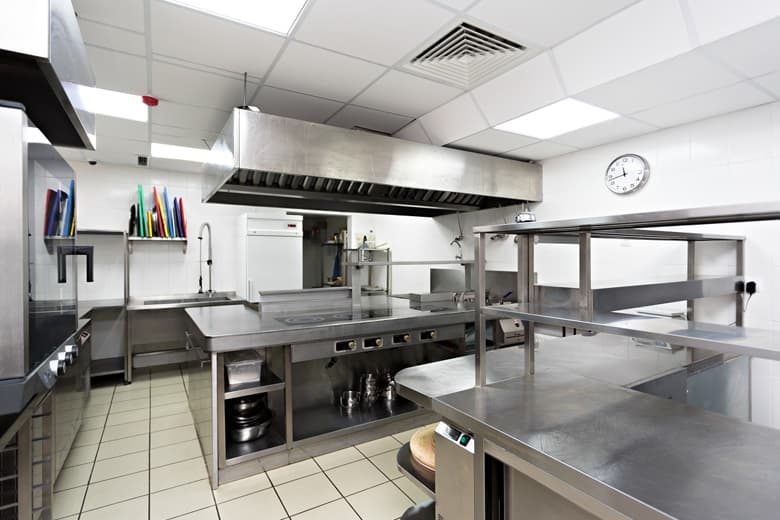In general, steel is used today in many areas of construction, industry, and everyday life without which life cannot be imagined. In the food industry, stainless steel dominates and plays an increasingly important role.
Why is stainless steel so suitable for the food industry?

Why use stainless steel in the food processing industry?
Stainless steel is very versatile. Stainless steel products are used in the food processing industry, from tools to surfaces, stainless steel is very suitable for production, processing, and packaging. Here are some of the reasons why stainless steel is being adopted by food companies:
- Easy To Clean: Stainless steel is easy to wipe clean and not easy to breed bacteria. Food workers are able to clean thoroughly and efficiently due to low maintenance costs, which also results in the material having a much longer lifespan than other metals.
- Durable: Essentially, stainless steel is one of the most durable metals on the market. Not only is it less susceptible to physical damage, but it is also resistant to corrosion, as well as wear and tear associated with aging. While other metals must be maintained during use, stainless steel may require fewer professional repairs.
- Chemical Resistance: While the various stainless steel grades perform differently, most are generally chemically resistant. This means that even the heaviest bleach and other cleaners can be used on a surface without damaging it.
- Thermally Compatible: This is a particularly useful feature when working with heavy machinery. Stainless steel is able to withstand high temperatures and pressures without deforming or changing in any other way. It will also retain its shape under these conditions.
- Ease of fabrication: As for the fabrication of stainless steel, it can be manipulated in a number of different ways. It can be easily cut, welded, and formed, especially using more modern metalworking techniques. This makes it suitable for making small tools and large appliances.

Stainless steel grades for the food and beverage industry
- Stainless Steel Sheet
- Stainless Steel Plate
- Stainless Steel Tube
- Stainless Steel Pipe
- Stainless Steel Bar
- Stainless Steel Rod
- Stainless Steel Coil
- Stainless Steel Strip
- Stainless Steel Angle
- Stainless Steel Flat Bar
- Stainless Steel Channel
- Stainless Steel Wire
- Stainless Steel Wire Mesh
- Stainless Steel Rectangular Tube
- Stainless Steel Cable
- Stainless Steel Threaded Rod
Get The Solution
We offer our customers the opportunity to increase profitability by meeting their just-in-time production schedules and offering customized services to meet end-user-specific requirements. Posco Group has always been committed to improving customer service and product quality and providing high-value solutions for customers’ businesses. Satisfying the needs of customers is our daily work goal!

